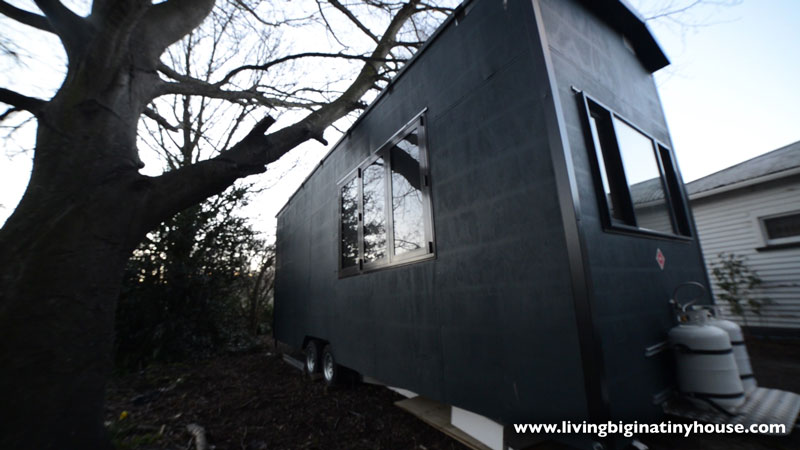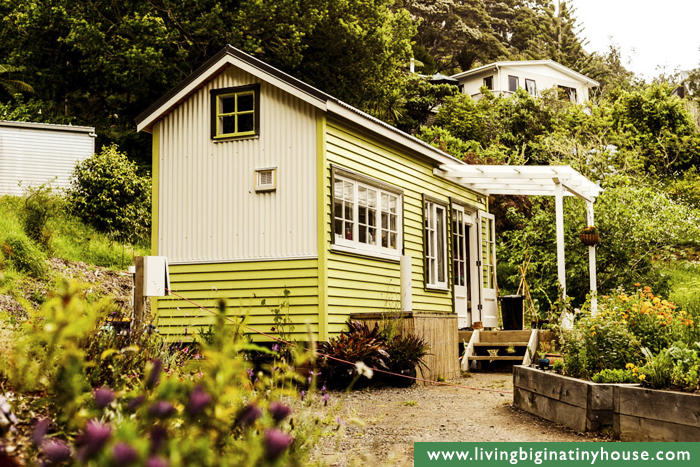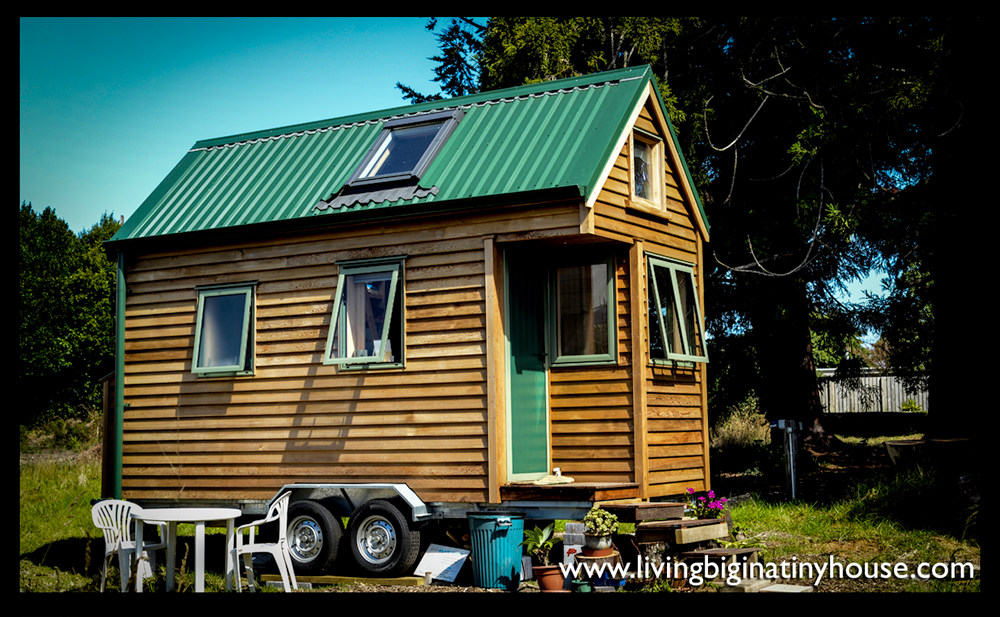The meshing together of Georgism with monetary reform remains a challenge, especially for ardent individuals who claim their cause to be the most critical. I have heard monetary reformers say Georgism is irrelevant and I have even heard a Georgist describe monetary reform as “heresy” and declare it must be “exorcised” at all costs. Then there are the moderates who say Georgism is more important than monetary reform but willingly acknowledge monetary reform is needed. Critics come in many varieties. Regrettably there is a tendency for advocates from both sides tend to promise a growing list of wonderful results from their reform. Maybe Henry George School people only see landlords as “the enemy,” and to mention money, credit and bankers confuses them. Do we see people on both sides arguing that the others should just get off their territory?
Recently I heard a Georgist argue that if you transfer land into community ownership then the money issue disappears.
So let’s tease this one out. To some extent he is right, but he misses several vital factors. For instance he doesn’t appear to understand the growth imperative will still be present, so he needs to work out where the excess money will go, and follow the results to their logical conclusion.
Take the important book Money and Sustainability, The Missing Link, a Club of Rome Report by Bernard Lietaer, Christian Arnsperger, Sally Goerner and Stefan Brunnhuber. The authors say there are five results of creating money as interest-bearing debt – amplification of boom and bust cycles, short-term thinking, compulsory growth, and devaluation of social capital where selfish behaviour replaces co-operative behaviour.
Or take another example of monetary reformers overpromising. While we can’t tell if she actually believes it herself or not, monetary reformer Amanda Vickers lists their extravagant promises. She writes in the Otaki Mail, “Sovereign money advocates extrapolate further that the outcome would also be far-reaching throughout our economy and our lives. They say it could also improve: the inequality gap, child poverty, housing bubble control, student debt, state asset sales, job security, local businesses performance (due to the 10% higher output gains), budgets for local community projects and facilities, health care and education.”
Positive Money in their little video says money is created every time someone takes out a mortgage. The money doesn’t come from someone else’s saving but is new money just created. The bank enters your debt as an asset on their accounts then enters the same amount in the liabilities column of their books, your deposit. The entire money supply is on loan from the banking system. When they charge interest on this money creation £200 billion a year is transferred from the public to the financial sector every year in UK. Since money is created as interest-bearing debt, if we all pay off our debts the current economic system would collapse. There would be no money in the system.The debt can never be repaid. The money creating power needs to be transferred to some democratically accountable body and spent into existence instead. He mentioned it has been pumped into property bubbles and financial markets.
They claim it would reduce inflation and that you would also be able to move towards a low carbon society this way.
 So what I take out of this is that Positive Money people, by not addressing tax reform, may think that if you create money by spending it into existence you will avoid rising land prices. By creating a monetary authority to control inflation they give their new monetary authority magic power to stop money going into a land bubble. It simpley wouldn’t happen this way.
So what I take out of this is that Positive Money people, by not addressing tax reform, may think that if you create money by spending it into existence you will avoid rising land prices. By creating a monetary authority to control inflation they give their new monetary authority magic power to stop money going into a land bubble. It simpley wouldn’t happen this way.
So let’s go back to the Georgist’s claim that when you have land in community ownership the money issue disappears. Not so. If you continue to create money as interest bearing debt, then money still moves from the public to the financial sector. Though there is always the personal desire to pay off your debt the money supply would disappear if everyone did this. Moreover, there is always the mathematical imperative for the money supply to grow in order to pay off the debt with interest. That is what we don’t want on a finite planet.
It is true that when there is either no cost or little cost on the holding of land AND money is created without interest or with low interest, you get money pouring into land inflation. Anyone who has paid a mortgage knows that when interest rates decline, there is what they call a housing bubble (it is really a land price bubble). This is undesirable. And if you take land out of the market entirely money won’t go into a land bubble, but it will go into some other form of monopoly.
When Karl Fitzgerald of Prosper Australia did his 2013 study Total Resource Rents of Australia, he subtitled it “Harnessing the Power of Monopoly.” The list includes Land Residential, Land Commercial, Land rural, Land other, Subsoil Minerals, Oil and Gas, Water Rights, Taxi Licences, Airports, Utilities, Fishing, Forestry, Gambling, EMS, Satellite Orbit Rights, Internet Infrastructure, Domain Name Registration licence, Banking Licences, Corporate Commons Fee, Patents, Parking fees, Public Transport, Liquor Licences, Vehicle Rego Licences, Sin Taxes on Tobacco and Alcohol, Carbon Taxes, Non Tax Revenue (sale of goods). That’s quite a list of the things you can claim a monopoly right on. “Land” in its widest sense is actually a list this long and longer.
So if we just deal to land by taking it out of the marketplace, you just put your money into monopolising another part of the commons. You could buy a much desired personalised number plate. The plate “F1” fetched £14 m and the number plate with the number 1 was bought by an Emirati businessman for £7.25m in 2008. Perhaps you could buy a domain name? Sex.com sold in Nov 2014 for $10m and insurance.com in 2010 for $35.6m.
Or the extra money could go into the financial sector including securities, commodities, venture capital, private equity, hedge funds, trusts, and other investment activities like investment banking). Nothing productive here. Yale economics professor Robert Schiller says, “The classic example of rent-seeking is that of a feudal lord who installs a chain across a river that flows through his land and then hires a collector to charge passing boats a fee (or rent of the section of the river for a few minutes) to lower the chain. There is nothing productive about the chain or the collector. The lord has made no improvements to the river and is helping nobody in any way, directly or indirectly, except himself. All he is doing is finding a way to make money from something that used to be free. If enough lords along the river follow suit, its use may be severely curtailed.” Yet that is where a lot of money and activity is going.
In June 2015 the Guardian reported that “Adair Turner, the former chair of the Financial Services Authority, gave a memorable critique of the UK financial services industry in the wake of the credit crisis when he said that some of the activities carried out by the City’s finance firms were “socially useless”.”
There are many places where the excess money can go if there is tax reform but no monetary reform. We haven’t even touched on fishing quotas, art investments, oil and gas, utilities, or forestry. Leaving the growth imperative firmly in place by leaving money created as interest bearing debt will invite trouble and plenty of it.
However there is no doubt that land price inflation would disappear if all land was owned communally and leased from a public entity instead. While the boom-bust cycles would exist for other parts of the commons that remain in the market place, these cycles would no longer be present for land prices.
As Professor Michael Hudson explains “In a nutshell,land rent today is paid out as mortgage interest. Ditto for oil and gas, and monopolies.In terms of reform, financial and tax reform must go together. What is not taxed will be capitalized into bank loans. That’s the basic message.”
In one of Michael Hudson’s papers he quotes from Tolstoy when discussing the issue with Henry George. “The land cultivator in a bad year, not being able to pay the rent exacted from him by force, would have to enslave himself to the man with money in order to keep his land and not lose everything.”

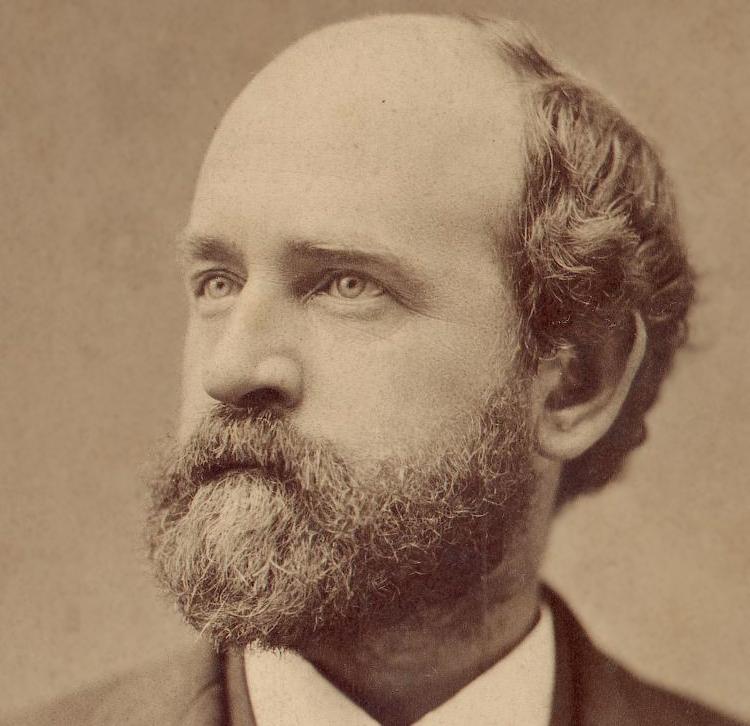
 During a Radio NZ panel I once heard ex ACT MP Stephen Franks sing the praises of the self-regulating nature of the businesses Trademe, Uber and AirBnB.
During a Radio NZ panel I once heard ex ACT MP Stephen Franks sing the praises of the self-regulating nature of the businesses Trademe, Uber and AirBnB. You will be able to quote more examples I know. Just as an organism runs itself without a central conductor, so a properly designed natural economic system requires no regulation as it has an inbuilt monitoring system to keep up quality.
You will be able to quote more examples I know. Just as an organism runs itself without a central conductor, so a properly designed natural economic system requires no regulation as it has an inbuilt monitoring system to keep up quality.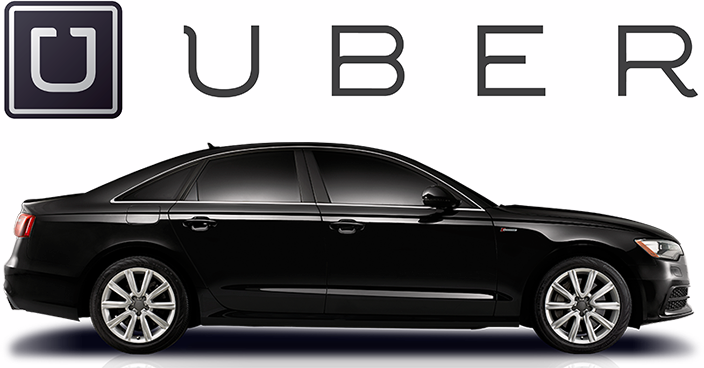 They say “Self-organising and emergent phenomena can be observed in many natural systems. For example, insects that live in colonies, such as ants, bees, wasps and termites, have been shown to seamlessly integrate their individual activities, while every single insect seems to operate individually and without any central supervision.”
They say “Self-organising and emergent phenomena can be observed in many natural systems. For example, insects that live in colonies, such as ants, bees, wasps and termites, have been shown to seamlessly integrate their individual activities, while every single insect seems to operate individually and without any central supervision.”
